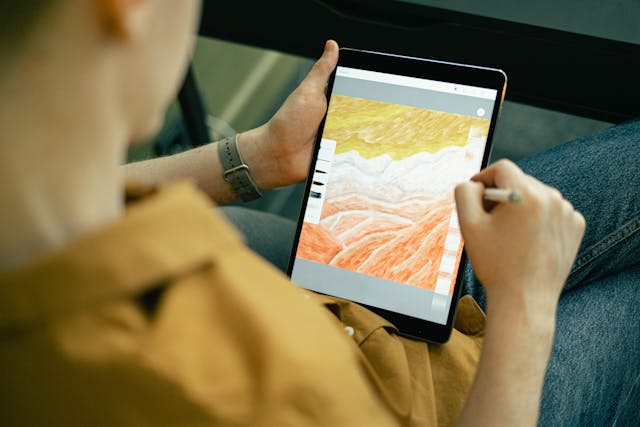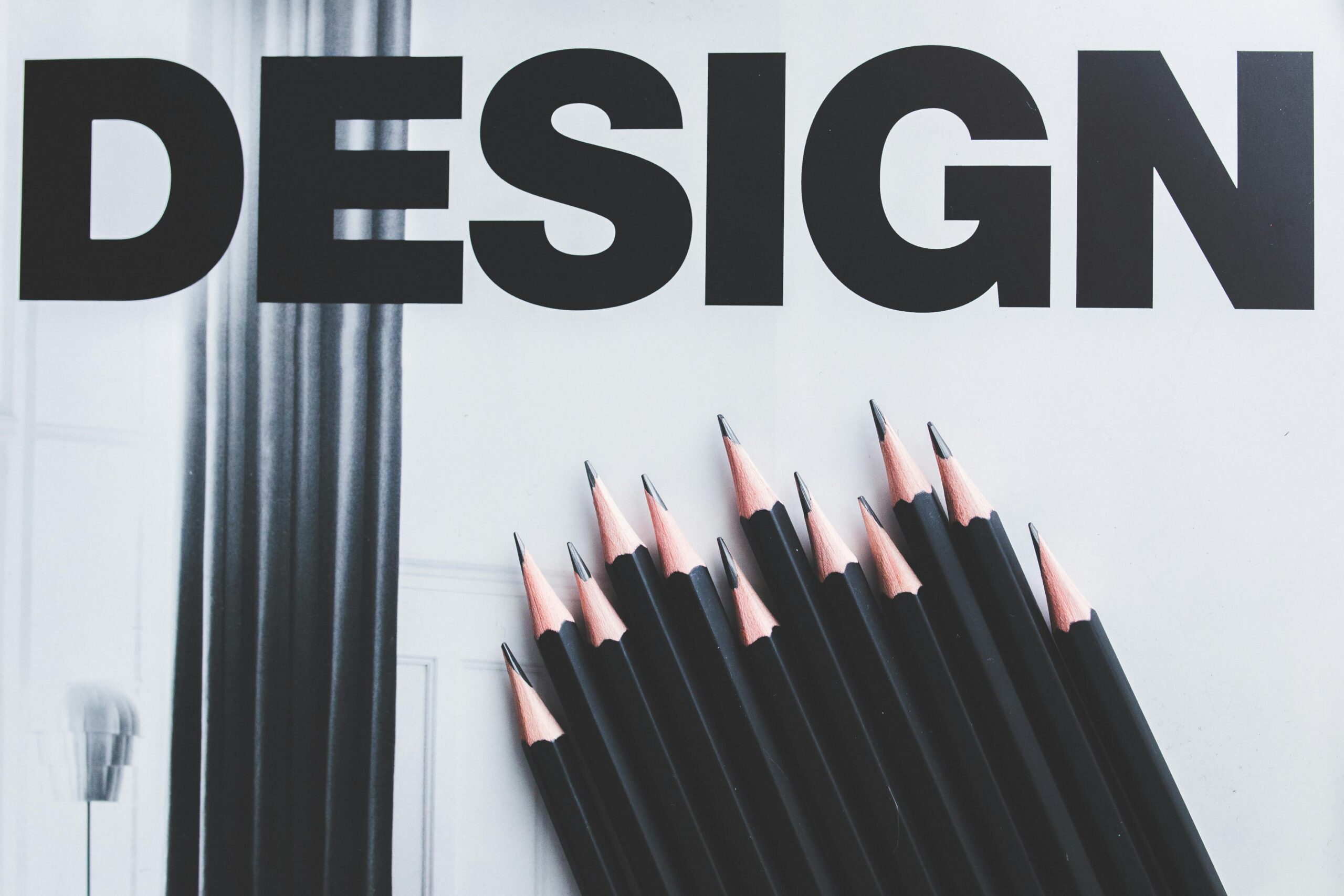Graphic design is an artistic and professional discipline that combines creativity with technology to communicate ideas visually. From corporate branding to advertisements, and user interfaces to print media, graphic design is integral to how we experience the world around us.
Historical Roots and Evolution
Graphic design as a distinct profession emerged in the 20th century, but its roots can be traced back to early human history. Ancient civilizations used symbols and visual storytelling in their art and communication. With the invention of the printing press in the 15th century, graphic design began to take on a more recognizable form. The 20th century saw the birth of modern graphic design, influenced by movements like Bauhaus, which emphasized the unity of art, craft, and technology.

The Core Elements
At the heart of graphic design are several fundamental elements:
- Typography: The art of arranging type to make written language legible, readable, and visually appealing.
- Color: A crucial element that can convey emotions, create visual interest, and establish brand identity.
- Imagery: Including illustrations, photos, and icons, imagery is used to tell stories and complement the text.
- Layout: The arrangement of text, images, and other elements on a page or screen to create a balanced, aesthetically pleasing, and functional design.
Tools of the Trade
Modern graphic designers rely on various tools to bring their visions to life. Software like Adobe Creative Suite (Photoshop, Illustrator, InDesign), Sketch, and CorelDRAW are industry standards. These tools allow designers to create and manipulate images, develop layouts, and prepare files for print and digital distribution. Advances in technology have also introduced new mediums such as web and app design, where tools like Figma and Adobe XD are becoming increasingly important.
Applications of Graphic Design
Graphic design permeates many aspects of daily life and business:
- Branding: Creating logos, color schemes, and visual identities that convey the essence of a brand.
- Advertising: Designing print ads, digital banners, and social media graphics that capture attention and drive engagement.
- Web Design: Crafting user-friendly and visually appealing websites and apps.
- Print Media: Designing books, magazines, brochures, and posters.
- Packaging: Developing attractive and functional packaging that stands out on the shelves and communicates product information effectively.
The Designer’s Role
Graphic designers are more than just artists; they are problem solvers. They must understand the client’s goals, target audience, and the message that needs to be conveyed. This requires a blend of creativity, technical skills, and strategic thinking. Effective graphic design can enhance communication, drive engagement, and even influence behavior.

The Future of Graphic Design
As technology evolves, so does graphic design. Trends like motion graphics, interactive design, and virtual reality are expanding the possibilities for designers. Additionally, artificial intelligence and machine learning are beginning to play a role in automating certain aspects of the design process, allowing designers to focus more on creativity and innovation.
In conclusion, graphic design is a dynamic and ever-evolving field that plays a critical role in modern communication. It blends art and technology to create visual content that informs, inspires, and captivates audiences. Whether through traditional print media or digital platforms, the work of graphic designers shapes how we perceive and interact with the world around us.

